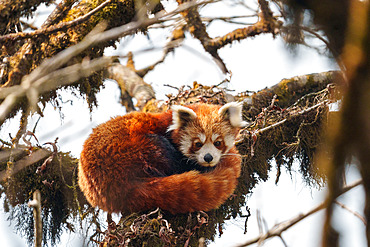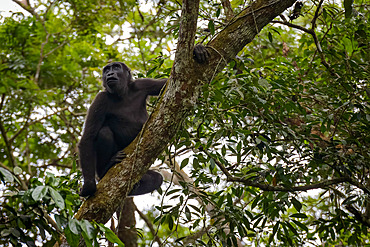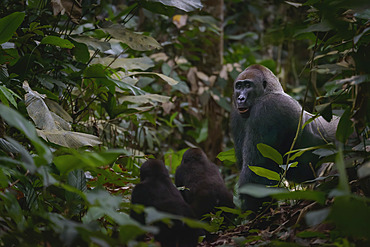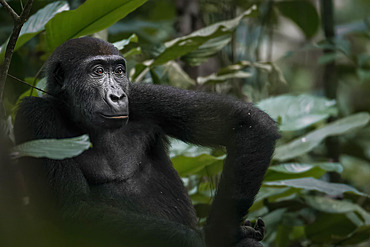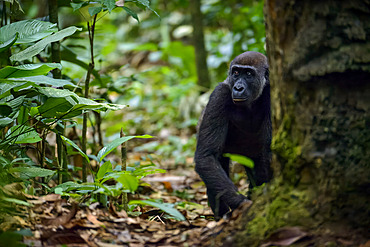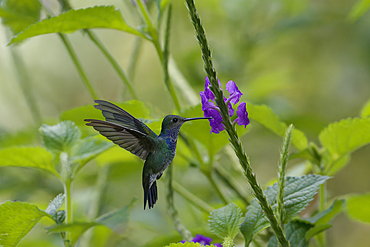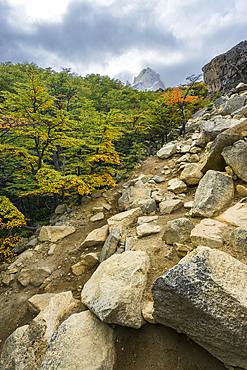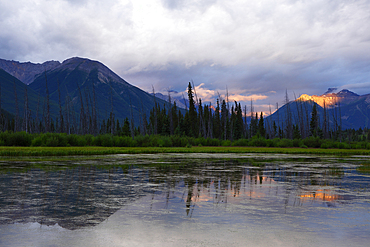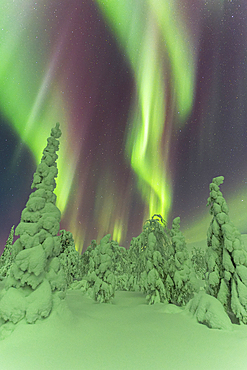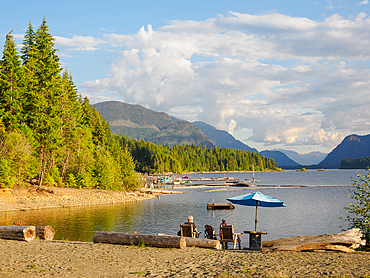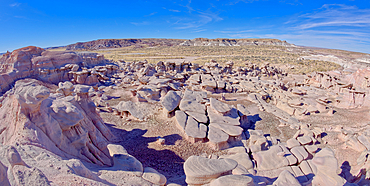Recent searches
Loading...
1112-7592 - A view of Stadt Wehlen on the Elbe River in Saxon Switzerland National Park, Saxony, Germany, Europe
1112-7591 - A view of Stadt Wehlen on the Elbe River in Saxon Switzerland National Park, Saxony, Germany, Europe
1112-7590 - A view of the rocky outcrop overlooking the Elbe River in Saxon Switzerland National Park, Saxony, Germany, Europe
1112-7589 - Autumn colors at Hainich National Park, an Ancient and Primeval Beech Forest, Thuringia, Germany, Europe
1178-44178 - New Zealand, Taranaki, Egmont National Park, Hiker walking on rope bridge in forest
1178-44177 - New Zealand, Taranaki, Egmont National Park, Hiker walking down wooden stairs towards waterfall
1178-44176 - New Zealand, Taranaki, Egmont National Park, Hiker walking down wooden stairs towards waterfall
1178-44175 - New Zealand, Taranaki, Egmont National Park, Hiker walking in forest
860-291673 - Little Panda (Ailurus fulgens), on a branch, Singalila National Park, Himalaya, Nepal
860-291672 - Little Panda (Ailurus fulgens), on a branch, Singalila National Park, Himalaya, Nepal
860-291648 - Golden Eagle (Aquila chrysaetos) flying low in the snow, Oulanka National Park, Finland
860-291647 - Golden Eagle (Aquila chrysaetos) perched on a pine tree trunk in the snow, Oulanka National Park, Finland
860-291579 - Western lowland gorilla (Gorilla gorilla gorilla) in tree. Odzala-Kokoua National Park. Cuvette-Ouest Region. Republic of the Congo
860-291578 - Western lowland gorilla (Gorilla gorilla gorilla) silverback with 2 youngsters in Marantaceae forest. Odzala-Kokoua National Park. Cuvette-Ouest Region. Republic of the Congo
860-291577 - Western lowland gorilla (Gorilla gorilla gorilla) in Marantaceae forest. Odzala-Kokoua National Park. Cuvette-Ouest Region. Republic of the Congo
860-291576 - Western lowland gorilla (Gorilla gorilla gorilla) in Marantaceae forest. Odzala-Kokoua National Park. Cuvette-Ouest Region. Republic of the Congo
1311-662 - The historic Walker Charcoal Kiln, dating from the late 1880s used to turn oak wood into charcoal for silver smelters, Prescott National Forest, just south of Prescott, Arizona, United States of America, North America
832-400572 - European gray wolf (Canis lupus), running in the snow, National Park, Bavarian Forest, Bavaria, Germany, Captive, Europe
1184-8358 - Basílica de Santa María la Real de Covadonga, Picos de Europa National Park, Asturias, Spain, Europe
1184-8356 - Basílica de Santa María la Real de Covadonga, Picos de Europa National Park, Asturias, Spain, Europe
1178-44127 - United States, Utah, Highway in Bryce Canyon National Park
832-399564 - Tiger (Panthera tigris), walks through forest. Front view of wild animal. Ranthambore National Park, Rajasthan, India, Asia
1361-119 - The small illuminated village of Pietracamela covered with snow and surrounded by Intermesoli snowy peak at dusk, Gran Sasso and Monti della Laga National Park, Apennines, Teramo district, Abruzzo region, Italy, Europe
832-398808 - Wild tiger walking through an open area of dry grass in the dry forests of Ranthambore national park in India
832-398807 - Wild tiger walking through an open area of dry grass in the dry forests of Ranthambore national park in India
832-398790 - View from Schliffkopf at sunset in the Black Forest National Park, Forest, Northern Black Forest, Black Forest, Baden-Wuerttemberg, Germany, Europe
832-398789 - View from Schliffkopf at sunset, trees, forest, Black Forest National Park, Northern Black Forest, Black Forest, Baden-Wuerttemberg, Germany, Europe
1359-678 - Loch Chon, Loch Lomond and The Trossachs National Park, Scottish Highlands, Scotland, United Kingdom, Europe
1359-669 - Loch Chon, Loch Lomond and The Trossachs National Park, Scottish Highlands, Scotland, United Kingdom, Europe
1359-593 - Waterfall on island, Kenai Fjords National Park, Alaska, United States of America, North America
1359-587 - Mountain rising above low-hanging clouds at Denali Parks Highway in autumn, near Teklanika River Campground, Denali National Park, Alaska, United States of America, North America
1359-581 - Scenic view of forest and mountains, Denali National Park and Preserve, Alaska, United States of America, North America
1359-579 - Mountain rising above low-hanging clouds at Denali Parks Highway in autumn, near Teklanika River Campground, Denali National Park, Alaska, United States of America, North America
1359-575 - Scenic view of forest and mountains, Denali National Park and Preserve, Alaska, United States of America, North America
1311-617 - View from Picnic Hill along the Thumb Butte day use hiking trail covered in winter snow and ice, Prescott National Forest, west of Prescott, Arizona, United States of America, North America
1184-8212 - Dolomites National Park, UNESCO World Heritage Site, South Tyrol, Italy, Europe
1184-8209 - Sassongher mountain above Corvara, Dolomites National Park, UNESCO World Heritage Site, South Tyrol, Italy, Europe
1184-8208 - Sassongher mountain above Corvara, Dolomites National Park, UNESCO World Heritage Site, South Tyrol, Italy, Europe
1353-394 - Llyn Cwellyn, the Beddgelert Forest and Y Garn at first light, Snowdonia National Park, Eryri, North Wales, United Kingdom, Europe
1131-1871 - Red-and-green Macaws (Ara chloropterus) on palm tree branches, Manu National Park, Peruvian Amazon, Peru, South America
1131-1870 - Rufous-breasted Hermit (Glaucis hirsutus), a type of hummingbird, in flight, Manu National Park, Peruvian Amazon Cloud Forest, Peru, South America
1131-1869 - Red-and-green Macaws (Ara chloropterus) at clay lick, Manu National Park, Peruvian Amazon, Peru, South America
1131-1867 - White-throated toucan (Ramphastos tucanus), Manu National Park cloud forest, Peru, South America
1131-1866 - Golden-tailed Sapphire (Chrysuronia oenone) hummingbird in flight, Manu National Park, Peruvian Amazon Cloud Forest, Peru, South America
1131-1865 - Flying Crested Oropendolas (Cornbirds) (Psarocolius decumanus) over nesting place, Manu National Park, Peruvian Amazon, Peru, South America
1131-1861 - Andean motmot (Momotus aequatorialis), Manu National Park, Peruvian Amazon Cloud Forest, Peru, South America
1131-1860 - Female white necked Jacobin (Florisuga Mellivora), a type of hummingbird, in flight, Manu National Park cloud forest, Peru, South America
1131-1859 - Red-and-green Macaws (Ara chloropterus) flying over rain forest, Manu National Park, Peruvian Amazon, Peru, South America
1131-1858 - Female White necked Jacobin (Florisuga Mellivora), a type of hummingbird, in flight, Manu National Park cloud forest, Peru, South America
1353-320 - Llyn Gwynant and the Nant Gwynant Valley, Nant Gwynant, Eryri, Snowdonia National Park, North Wales, United Kingdom, Europe
1359-348 - Monkey puzzle tree (Araucaria araucana), El Toro Lake, Huerquehue National Park, Pucon, Chile, South America
1359-346 - Low angle view of monkey puzzle tree (Araucaria araucana), Huerquehue National Park, Pucon, Chile, South America
1361-74 - Frozen hut in the Arctic forest covered with snow, Akaslompolo, Kolari, Pallas-Yllastunturi National Park, Lapland, Finland, Europe
1361-73 - View from above of a car travelling icy road in the middle of the frozen forest covered with snow, Akaslompolo, Kolari, Pallas-Yllastunturi National Park, Lapland region, Finland, Europe
1361-71 - Overhead view of a car driving on empty, icy and slippery road with illuminated headlamps, Akaslompolo, Kolari, Pallas-Yllastunturi National Park, Lapland region, Finland, Europe
1359-342 - Tree and Tinquilco lake, Huerquehue National Park, Pucon, Chile, South America
1359-340 - Tinquilco lake, Huerquehue National Park, Pucon, Chile, South America
1359-337 - El Toro Lake, Huerquehue National Park, Pucon, Chile, South America
1359-335 - River flowing by Paine Grande mountain in French Valley, Torres del Paine National Park, Patagonia, Chile, South America
1359-333 - El Toro Lake, Huerquehue National Park, Pucon, Chile, South America
1359-332 - El Toro Lake, Huerquehue National Park, Pucon, Chile, South America
1359-326 - Tree and Tinquilco lake, Huerquehue National Park, Pucon, Chile, South America
1359-360 - El Toro Lake, Huerquehue National Park, Pucon, Chile, South America
1359-358 - Hiking path leading to Britanico viewpoint, French Valley, Torres del Paine National Park, Patagonia, Chile, South America
1359-359 - El Toro Lake, Huerquehue National Park, Pucon, Chile, South America
1359-356 - River flowing by Paine Grande mountain in French Valley, Torres del Paine National Park, Patagonia, Chile, South America
1359-354 - Low angle view of monkey puzzle tree (Araucaria araucana), Huerquehue National Park, Pucon, Chile, South America
1359-353 - Stream running through forest, Huerquehue National Park, Pucon, Chile, South America
1365-137 - Early morning light, Vermillion Lakes, Banff National Park, UNESCO World Heritage Site, Alberta, Rocky Mountains, Canada, North America
1365-136 - Mount Rundle and Vermillion Lakes, Banff National Park, UNESCO World Heritage Site, Alberta, Rocky Mountains, Canada, North America
1365-134 - Mount Rundle and Vermillion Lakes, Banff National Park, UNESCO World Heritage Site, Alberta, Rocky Mountains, Canada, North America
1359-341 - French Valley viewpoint, Torres del Paine National Park, Patagonia, Chile, South America
1359-286 - Aguaje palms by Lake Sandoval, Tambopata National Reserve, Puerto Maldonado, Madre de Dios, Peru, South America
1359-279 - Neotropic Cormorant (Phalacrocorax brasilianus), Lake Sandoval, Tambopata National Reserve, Puerto Maldonado, Madre de Dios, Peru, South America
1359-264 - Hoatzin (Opisthocomus hoazin), Lake Sandoval, Tambopata National Reserve, Puerto Maldonado, Madre de Dios, Peru, South America
1361-91 - Frozen trees under the dance of the Northern Lights (Aurora Borealis) in a starry night, Pallas-Yllastunturi National Park, Muonio, Lapland, Finland, Europe
1361-92 - Northern Lights (Aurora Borealis) in a starry night dancing above the snowy forest, Pallas-Yllastunturi National Park, Muonio, Lapland, Finland, Europe
1361-90 - Hiker with lantern standing in the snow in the frozen wood admiring Northern Lights (Aurora Borealis), Pallas-Yllastunturi National Park, Muonio, Lapland, Finland, Europe
1361-88 - Man with lantern among snow covered trees enjoying the green lights of the Northern Lights (Aurora Borealis), in the wood, Pallas-Yllastunturi National Park, Muonio, Lapland, Finland, Europe
1361-89 - Huts in the snowy wood under the Northern Lights (Aurora Borealis), Pallas-Yllastunturi National Park, Muonio, Lapland, Finland, Europe
1361-84 - Winter frame of a hut lit by the green Northern Lights (Aurora Borealis) in the icy wood with trees covered with snow, Pallas-Yllastunturi National Park, Muonio, Lapland, Finland, Europe
1361-83 - Typical wooden illuminated hut under the Northern Lights (Aurora Borealis) in the frosty forest with trees covered with snow, Pallas-Yllastunturi National Park, Muonio, Lapland, Finland, Europe
1361-82 - Aerial view of a car driving through the winter forest covered from snow at dawn, Akaslompolo, Kolari, Pallas-Yllastunturi National Park, Lapland region, Finland, Europe
1361-80 - Aerial view of car on icy road and illuminated headlamps driving in the snowcapped forest, at dawn, Akaslompolo, Kolari, Pallas-Yllastunturi National Park, Lapland region, Finland, Europe
1178-44050 - senior blond woman crosses creeks on rocks in Zion National Park Utah
1242-522 - Strathcona National Park, Vancouver Island, British Columbia, Canada, North America
1242-516 - Strathcona National Park, Vancouver Island, British Columbia, Canada, North America
1112-7367 - A young red-tailed hawk (Buteo jamaicensis), on a sign near Whitewater Draw, Coronado National Forest, Arizona, United States of America, North America
1350-6678 - Strawberry Poison Frog (Dendrobates pumilio), adult, Bastimentos National Park, Bocas del Toro, Panama. The strawberry poison frog or strawberry poison-dart frog (Oophaga pumilio or Dendrobates pumilio) is a species of small amphibian poison dart frog found in Central America. It is common throughout its range, which extends from eastern central Nicaragua through Costa Rica and northwestern Panama. The species is often found in humid lowlands and premontane forest, but large populations are also found in disturbed areas such as plantations. The strawberry poison frog is perhaps most famous for its widespread variation in coloration, comprising approximately 15���30 color morphs, most of which are presumed to be true-breeding. O. pumilio, while not the most poisonous of the dendrobatids, is the most toxic member of its genus. The species is most diverse in Panama with varieties in vivid shades of all red, orange, blue, yellow or green, green and yellow, white with red, orange or black and spotted varieties. The most colorful mix is found in Isla Bastimentos Marine National Park though not all in one place. Colors vary by location. A beach on the north side of the island is named after the species. Two of Southern Explorations' Panama tours visit red frog habitat. Both the eight-day Panama Adventure trip and eleven-day Panama Highlights trip spend time in Isla Bastimentos Marine National Park and the former also goes to Red Frog Beach.
The red frog is not as poisonous as some of its cousins and is not a threat to humans. It subsists on a diet of ants that dine on poisonous plants, providing the red frog its protective skin toxin. Males attract females with a loud quick chirp. To hear the distinctive sound before you depart on your Panama tours, go to the University of Michigan Museum's biodiversity website (www.animaldiversity.ummz.umich.edu.) After birth, the tadpoles climb aboard the mother who deposits them in different protected areas where she retu
799-4578 - Stream running through a deciduous woodland in autumn in the New Forest National Park, Hampshire, England, United Kingdom, Europe
799-4572 - Beautiful deciduous woodland above the Borrowdale Valley in the Lake District National Park, UNESCO World Heritage Site, Cumbria, England, United Kingdom, Europe
799-4567 - Reflections on a calm summer evening at Kennick Reservoir, Dartmoor National Park, Devon, England, United Kingdom, Europe
1179-6061 - Family enjoying walking in a frozen snowy forest on a winter trail, Riisitunturi National Park, Posio, Lapland, Finland
1112-7270 - A hanging glacier surrounded by the Tongass National Forest, Behm Canal, Southeast Alaska, USA.
1311-572 - A field of hoodoos along the Red Basin Trail in Petrified Forest National Park Arizona called Pharaoh's Garden.
1311-571 - View of the West End of the Red Basin from a hilltop at Petrified Forest National Park Arizona.
1311-570 - A pair of hoodoo formations near the Red Basin in Petrified Forest National Park Arizona called the Red Basin Gnomes.
1311-569 - The red bentonite hills of the Red Basin in Petrified Forest National Park Arizona.
1311-568 - A bend in the creek that flows through the Red Basin in Petrified Forest National Park Arizona.
1311-567 - An area of the Red Basin in Petrified Forest National Park Arizona where the purple bentonite transitions into red for which the basin is named.









